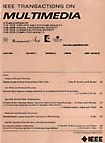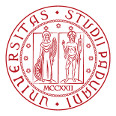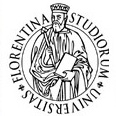Effective Codebooks for Action Recognition in Unconstrained Videos
Our paper entitled “Effective Codebooks for Human Action Representation and Classification in Unconstrained Videos” by L. Ballan, M. Bertini, A. Del Bimbo, L. Seidenari and G. Serra has been accepted for publication in the IEEE Transactions on Multimedia.
Recognition and classification of human actions for annotation of unconstrained video sequences has proven to be challenging because of the variations in the environment, appearance of actors, modalities in which the same action is performed by different persons, speed and duration and points of view from which the event is observed. This variability reflects in the difficulty of defining effective descriptors and deriving appropriate and effective codebooks for action categorization.
In this paper we propose a novel and effective solution to classify human actions in unconstrained videos. It improves on previous contributions through the definition of a novel local descriptor that uses image gradient and optic flow to respectively model the appearance and motion of human actions at interest point regions. In the formation of the codebook we employ radius-based clustering with soft assignment in order to create a rich vocabulary that may account for the high variability of human actions. We show that our solution scores very good performance with no need of parameter tuning. We also show that a strong reduction of computation time can be obtained by applying codebook size reduction with Deep Belief Networks with little loss of accuracy.
Our method has obtained very competitive performance on several popular action-recognition datasets such as KTH (accuracy = 92.7%), Weizmann (accuracy = 95.4%) and Hollywood-2 (mAP = 0.451).




